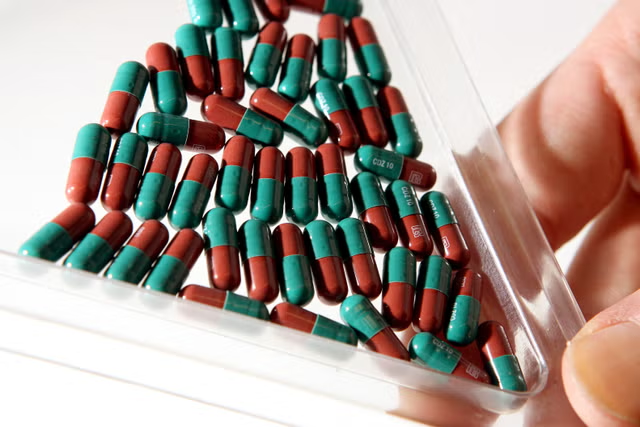DNA-damaging chemicals could be lurking in your favorite sweet treats, a new study has found.
The unmistakable taste of chocolate results from a chemical cocktail of different flavors that are brought out during the cocoa roasting process. Among these are a class of molecules called α,β-unsaturated carbonyls. While these naturally occurring molecules might contribute to chocolate's rich, creamy taste, some have also been shown to display potentially genotoxic behavior—in other words, consumption of specific α,β-unsaturated carbonyls might damage our DNA.
In a new study published in the Journal of Agricultural and Food Chemistry, researchers from Belgium's Université Catholique de Louvain tested chocolates and other packaged sweet treats to explore whether any of them contained these potentially hazardous chemicals at significant levels.
First, the team made their own chocolates to confirm that α,β-unsaturated carbonyls formed during the roasting process and after the addition of cocoa butter. However, their concentrations were too low to pose any significant health concerns.
Next, the team screened 22 commercially available desserts, including waffles, cakes, crepes, and cookies, with or without chocolate. Nine of the 10 carbonyls analyzed had levels even lower in these baked goods compared to the handmade chocolates. However, one carbonyl, furan-2(5H)-one, appeared in much higher concentrations in the crepe and cake samples.
Furan-2(5H)-one produces a rich buttery flavor and was once used as a flavoring in baked goods. However, it is now banned in the European Union due to its demonstrated genotoxic effects (Newsweek reached out to the FDA for comment on the status of this chemical in the United States) But that doesn't mean it can't still form naturally.
"Our study suggests it probably naturally occurs from thermal reactions during food production," first author Alexandre Dusart told Newsweek. "However, its presence was not linked with the presence of flavorings (added on purpose) in food or with chocolate."
So how much furan-2(5H)-one was actually present in the baked goods, and should we be concerned?
"A rapid calculation, considering a single consumption of 20g of the commercial sweet snack with furan-2(5H)-one level of 4320 µg/kg (highest level in the study) results in the ingestion of 86 µg of furan-2(5H)-one, [this is] concerningly above the commonly admitted threshold of toxicological concern for genotoxic substances of 0.15 µg/person per day," Dusart said.
"More comprehensive risk assessments are needed in order for risk management authorities to take relevant actions to protect consumers."
Dusart added that studies like this help us understand how these potentially hazardous compounds are formed in foods and help pave the way for future risk assessments and methods to limit their presence in food.
Is there a health problem that's worrying you? Do you have a question about tattoos? Let us know via health@newsweek.com. We can ask experts for advice, and your story could be featured on Newsweek.
Disclaimer: The copyright of this article belongs to the original author. Reposting this article is solely for the purpose of information dissemination and does not constitute any investment advice. If there is any infringement, please contact us immediately. We will make corrections or deletions as necessary. Thank you.



